
Copyright
Copyright 1974, 1985, 2019 by Philip C. Jackson, Jr.
All rights reserved.
Bibliographical Note
Introduction to Artificial Intelligence: Third Edition, first published by Dover Publications, Inc., in 2019, is a new edition of the work originally published in 1974 by Petrocelli/Charter, New York, and in an enlarged Second Edition by Dover in 1985. This 2019 edition includes a new Preface and Acknowledgments section which replaces the 1985 Preface, and a new section, "Artificial Intelligence in the 21st Century," which replaces Developments, 19751984.
Library of Congress Cataloging-in-Publication Data
Names: Jackson, Philip C., 1949- author.
Title: Introduction to artificial intelligence / Philip C. Jackson, Jr.
Description: Third edition. | Mineola, New York : Dover Publications, Inc., [2019] | Originally published: New York : Petrocelli Books, 1974. Includes bibliographical references and index.
Identifiers: LCCN 2019002273 | ISBN 9780486832869 | ISBN 0486832864
Subjects: LCSH: Artificial intelligence.
Classification: LCC Q335 J27 2019 | DDC 006.3dc23
LC record available at https://lccn.loc.gov/2019002273
Manufactured in the United States by LSC Communications
83286401 2019
www.doverpublications.com
This book is dedicated to
The memory of my parents, Philip and Wanda Jackson
My wife Christine
CONTENTS
PREFACE (2019)
Are we intelligent enough to understand intelligence? One approach to answering this question is "artificial intelligence," the field of computer science that studies how machines can be made to act intelligently. In general this book is addressed to all persons interested in studying the nature of thought, and hopefully much of it can be read without previous formal exposure to computers.
Much progress has been made in research on artificial intelligence since the First Edition of this book was published in 1974. The book as originally written remains a general introduction to the foundations of the field, which have long been called "good old-fashioned AI" (GOFAI). Hopefully, this Third Edition will be more useful because of material added to summarize progress over the decades and guide the reader into topics especially relevant for AI in the 21st century. For simplicity, this supplementary material, including its own bibliography, is added as a separate section immediately following this Preface.
Artificial intelligence can and should be studied in ways that are not strictly technical. It is important for us to realize how this science is related to the hopes (and fears) of humanity. To do this we must try to understand people, not just machines. If artificial intelligence is to be developed beneficially, it will have to become one of our most humanistic sciences.

It is important to thank everyone who helped make this work possible, though time and space would make any list incomplete, and regretfully these words are written too late for some to read.
I gratefully acknowledge the help and guidance of the late Dr. Ned Chapin, Editor for the First Edition of this textbook, and the help and guidance of John Grafton, Editor for the Second and Third Editions.
I am grateful to all who have contributed directly or indirectly to my studies and research on artificial intelligence and computer science, in particular:
Harry Bunt, Walter Daelemans, John McCarthy, Arthur Samuel, Patrick Suppes, C. Denson Hill, Sharon Sickel, Michael Cunningham, Ira Pohl, Filip A. I. Buekens, H. Jaap ven den Herik, Paul Mc Kevitt, Carl Vogel, Paul A. Vogt, Edward Feigenbaum, Bertram Raphael, William McKeeman, David Huffman, Michael Tanner, Frank DeRemer, James Q. Miller, Bryan Bruns, David Adam, Noah Hart, Marvin Minsky, Donald Knuth, Nils Nilsson, Faye Duchin, Douglas Lenat, Robert Tuggle, Henrietta Mangrum, Warren Conrad, Edmund Deaton, Bernard Nadel, Thomas Kaczmarek, Carolyn Talcott, Richard Weyhrauch, Stuart Russell, Igor Aleksander, Helen Morton, Richard Hudson, Vyv Frederick Evans, Michael Brunnbauer, Jerry Hobbs, Laurence Horn, Brian C. Smith, Philip N. Johnson-Laird, Charles Fernyhough, Antonio Chella, Robert Rolfe, Brian Haugh, K. Brent Venable, Jerald Kralik, Alexei Samsonovich, Peter Lindes, William G. Kennedy, Arthur Charlesworth, Joscha Bach, Patrick Langley, John Laird, Christian Lebiere, Paul Rosenbloom, John Sowa.
They contributed in different ways, such as teaching, questions, guidance, discussions, reviews of writings, permissions for quotations, collaboration, and/or correspondence. They contributed in varying degrees, from sponsorship to encouragement, lectures, comments, conversations, objective criticisms, disagreements, or warnings that I was overly ambitious. I profoundly appreciate all these contributions. To be clear, in thanking these people it is not claimed they would agree with everything I've written or anything in particular.

In general, my employment until retirement in 2010 was in software development and information technology. This was not theoretical research, though in some cases it involved working with other AI specialists on AI applications. I was fortunate to work with many of the best managers and engineers in industry, including Phil Applegate, Karen Barber, Doug Barnhart, Barbara Bartley, Ty Beltramo, Pete Berg, Dan Bertrand, Charles Bess, William Bone, Sam Brewster, Michelle Broadworth, Mark Bryant, Gregory Burnett, Tom Caiati, Pam Chappell, David Clark, David Coles, Bill Corpus, Justin Coven, Doug Crenshaw, Fred Cummins, Robert Diamond, Tom Finstein, Geoff Gerling, Dujuan Hair, Phil Hanses, Steve Harper, Kathy Jenkins, Chandra Kamalakantha, Kas Kasravi, Phil Klahr, Rita Lauer, Maureen Lawson, Kevin Livingston, David Loo, Steve Lundberg, Babak Makkinejad, Mark Maletz, Bill Malinak, Arvid Martin, Glenda Matson, Stephen Mayes, Stuart McAlpin, Eileen McGinnis, Frank McPherson, Doug Mutart, Bruce Pedersen, Tyakal Ramachandraprabhu, Fred Reichert, Paul Richards, Anne Riley, Saverio Rinaldi, Marie Risov, Patrick Robinson, Mike Robinson, Nancy Rupert, Bob Rupp, Bhargavi Sarma, Mike Sarokin, Rudy Schuet, Dan Scott, Ross Scroggs, Pradip Sengupta, Scott Sharpe, Cheryl Sharpe, Christopher Sherman, Patrick Smith, Michael K. Smith, Scott Spangler, Kevin Sudy, Saeid Tehrani, Zane Teslik, Kathy Tetreault, Lakshmi Vora, Rochelle Welsch, Robert White, Terry White, Richard Woodhead, Scott Woyak, Glenn Yoshimoto, Ruth Zarger. Again, any list would be incomplete and in thanking these people it is not claimed they would agree with everything I've written or anything in particular.

It should be expressly noted that I alone am responsible for the content of this book. Naturally, I hope the reader will find that its value greatly outweighs its errors, and I apologize for any errors it contains.
I will always be grateful to my late parents, whose faith and encouragement made this effort possible. Heartfelt thanks also to other family and friends for encouragement over the years.
I'm especially grateful to my wife Christine, for her love, encouragement and patience with this endeavor.
PHILIP C. JACKSON, JR.
The term was coined by Haugeland (1985).
ARTIFICIAL INTELLIGENCE IN THE 21ST CENTURY
This supplementary section gives a brief introduction to the current state and future prospects of artificial intelligence, and suggestions for how to learn more about the field. These pages focus on major topics that appear likely to be important for AI in the 21st century.
Next page

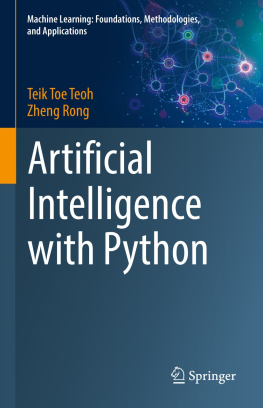
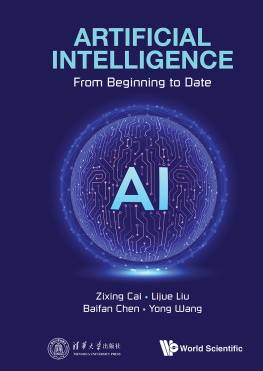
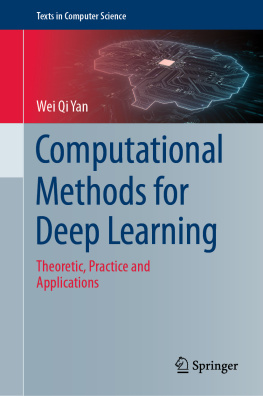
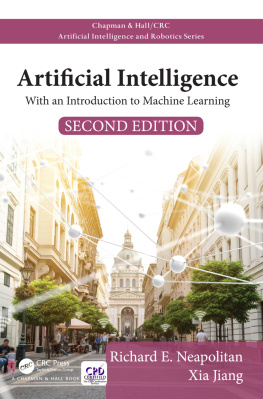
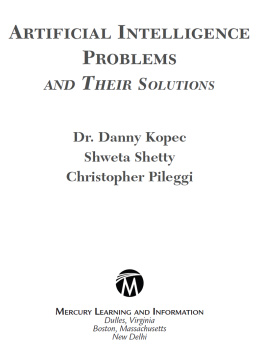
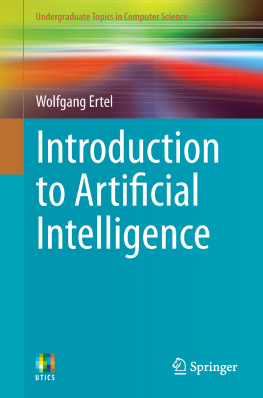
![Nisheeth Joshi [Nisheeth Joshi] - Hands-On Artificial Intelligence with Java for Beginners](/uploads/posts/book/119403/thumbs/nisheeth-joshi-nisheeth-joshi-hands-on.jpg)

